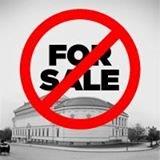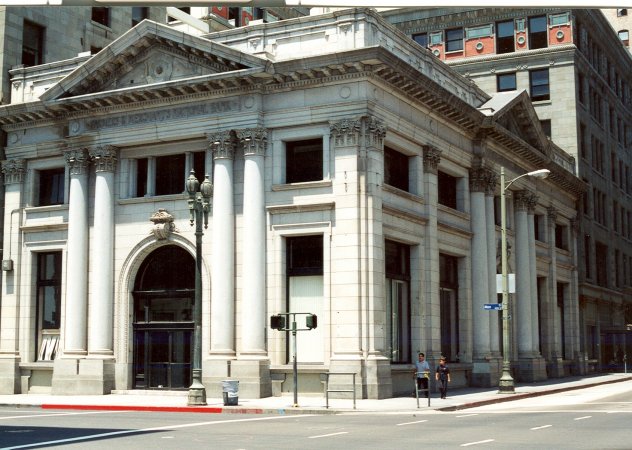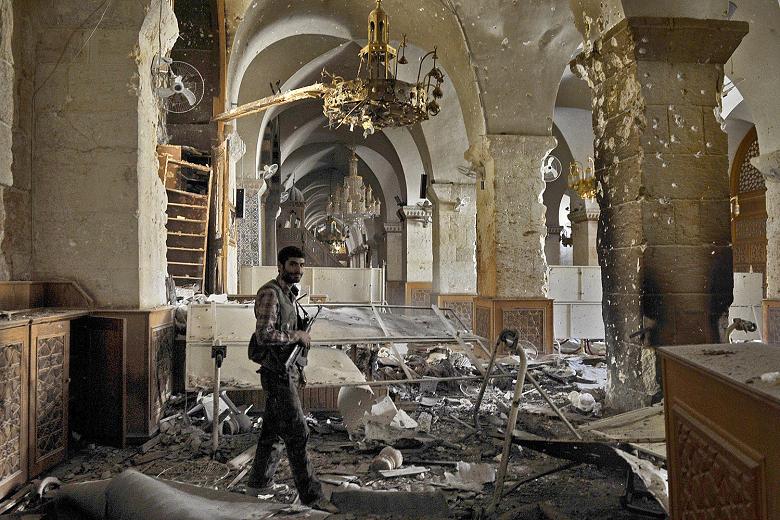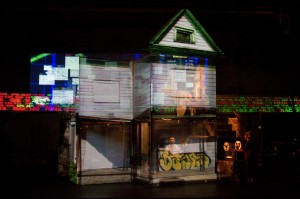The Timken Museum of Art in San Diego, as you’ll recall, is a governance mess: trustees have caused Executive Director John Wilson, a professional, to resign and have replaced him with a well-known art restorer who will run the museum part time from New York City. See my posts here and here. That’s no way to run a museum.
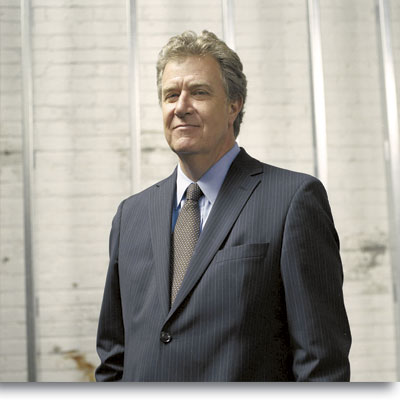 The saddest thing, as reported in a piece last week by KPBS, the public radio station, is that locals now see the museum as regressing. Wilson had boosted attendance and raised some money, but apparently also thought the board should help fundraise. One source told me that at one point a few years ago the board had been asked to get or give a certain amount, but that the current board president, Tim Zinn, has let that fall by the wayside.
The saddest thing, as reported in a piece last week by KPBS, the public radio station, is that locals now see the museum as regressing. Wilson had boosted attendance and raised some money, but apparently also thought the board should help fundraise. One source told me that at one point a few years ago the board had been asked to get or give a certain amount, but that the current board president, Tim Zinn, has let that fall by the wayside.
Reporter Angela Carone spoke with  Hugh Davies, director of the Museum of Contemporary Art San Diego, and he had the courage to speak out on the record:
“It’s potential was finally being tapped by John Wilson…And I can’t for the life of me figure out why you would nip that in the bud. I can only think it comes from the leadership of the board.â€
But her story continued:
Zinn said Wilson was a great curator, but the board wanted a different fundraising and administrative approach. “It’s where you put your time,†said Zinn, suggesting that Wilson’s focus was too heavy on curating.
“And he’s been here for six years, and sometimes it’s just time to repot a plant.â€
Zinn said that Bull will raise money from New York, but Davies shot that down:
“David Bull will not be able to raise money. You have to know people and have known them for a long time,†said Davies. “You have to be invested in the community. He is just parachuting in five or six times a year for cocktail parties and openings.â€
One of the divisive issues between Wilson and the board was who was responsible for fundraising. Wilson wanted the board to facilitate more access to individuals and families who might give to the Timken. Zinn said a case for giving, especially since the museum already has a $25 million endowment, needed to come from Wilson. “That needed to start with the administration of the museum,†he said. “John’s feeling was the board needed to come up with that. A different philosophy.â€
Truth is, board and director need to work together. There’s still more to come out here.
Photo Credit: Courtesy of Art Ltd.

